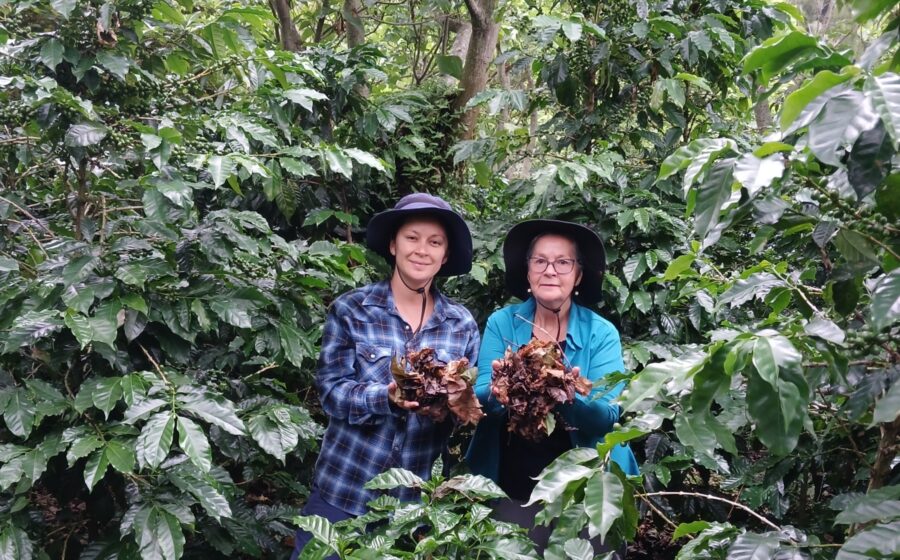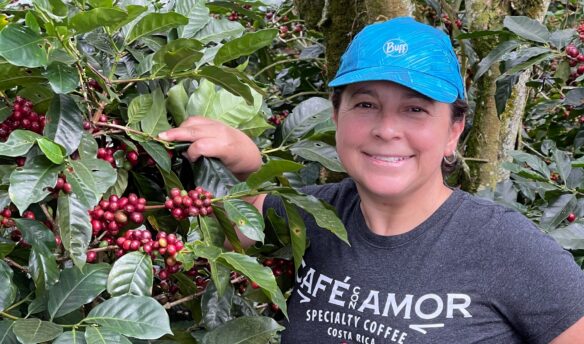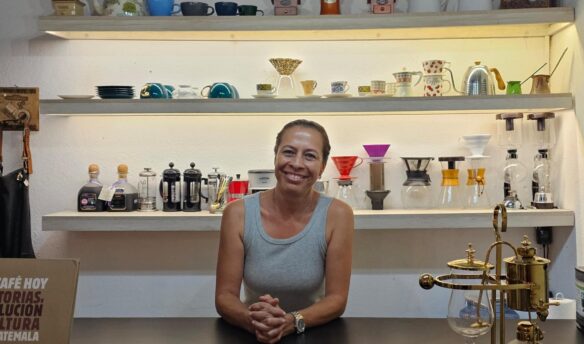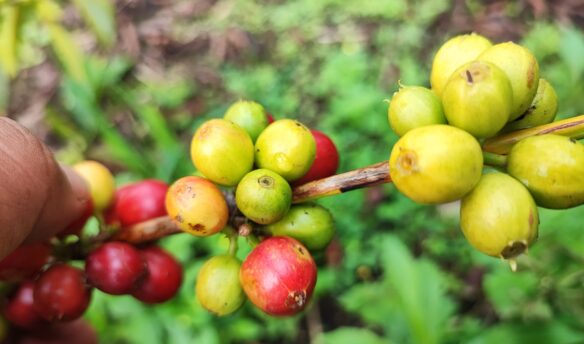Coffee plants undergo immense stress due to fluctuations in weather due to climate change. In a world of increasingly unpredictable weather patterns, coffee plants face a variety of stressors, from temperature variations to dry spells to intense rains.
Over the last few decades, climate change has altered how coffee producers run their farms. In response, women coffee farmers have moved to adopt weather-resilient practices such as increasing shade on farms, diversifying their crops, and moving to sustainable farming techniques.
We chatted with four women coffee growers across Central America and asked how they have adapted growing practices on their farms to combat the effects of climate change. Their work not only enhances their farms but also inspires others to adopt similar practices.
Faced with increasing climate fluctuations that endanger coffee crops, these producers implemented innovative strategies and sustainable practices to secure the future of their harvests. As a result, their efforts are driving a broader movement toward sustainability within the coffee industry in Central America.
Resilient Hybrids
Coffee plants require specific conditions to thrive: stable temperatures (ideally between 60-70°F), adequate rainfall (about 60 inches per year), and well-drained, fertile soil. However, climate change has severely changed weather conditions in coffee-producing countries, resulting in things like increased rainfall or drought.
Faced with these climate challenges, many producers are left to find innovative ways to help crops navigate harsh weather conditions.
One of the ways Tatiana Vargas, a Costa Rican coffee producer who manages her farm with her mother, has tried to adapt is by using hybrid varietals bred to withstand the impact of climate change. “Hybrids have stronger root systems and are robust and resilient against diseases,” says Vargas. “Also, climate change brings more pest infestations; by opting for hybrids resistant to these pests, you don’t have to rely on chemical pesticides that, in turn, harm the environment.”
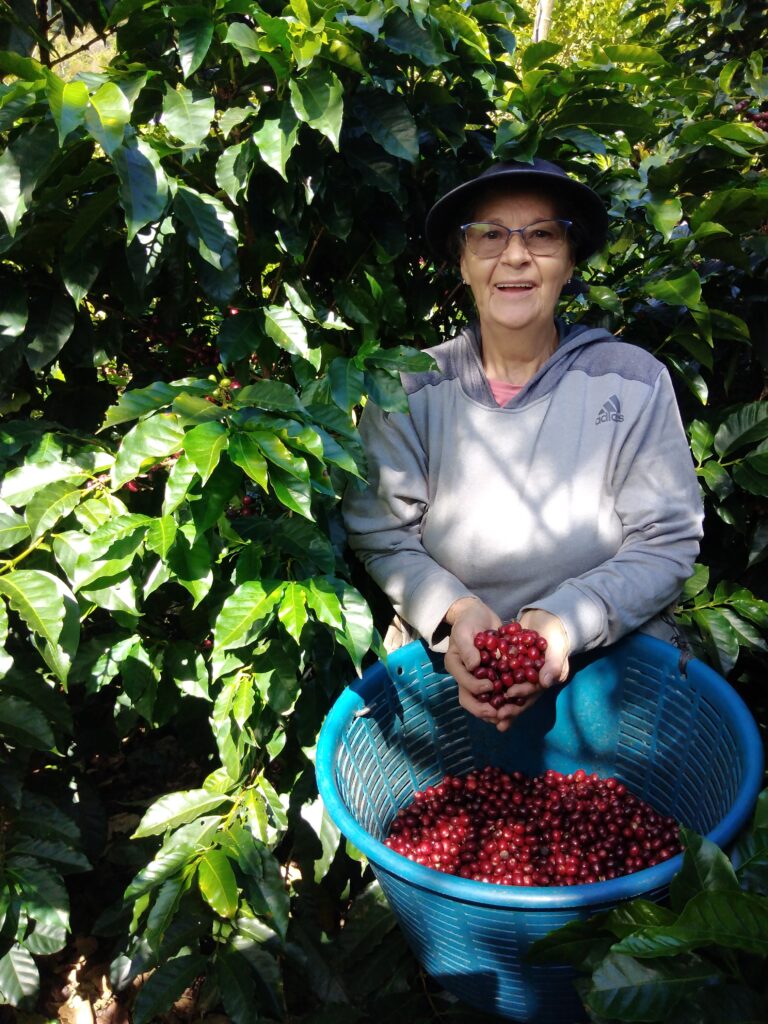
Ana Maria Schmidt, a coffee producer from El Salvador, has also invested in hybrids on her farm, Finca Montealegre. “Hybrids are important, but as agricultural specialists, we need to regularly monitor soil conditions, temperature, and moisture levels to ensure the coffee crop is growing properly,” she says.
However, Schmidt notes that she still needs to monitor plants closely and make changes based on the weather. “During climate changes, these varieties withstand rain and drought. But when there is a drought, there are also palliative measures that you can use, like an irrigation system.”
Coffee plants produce small, white flowers that are sweetly scented. These flowers bloom briefly and, once pollinated, give way to coffee cherries. Climate change can disrupt flowering, negatively impacting cherry development.
“With the rain issue, the plants suffer. The rain affects the plants, causing them to change their flowering cycle; some plantations even flower prematurely due to the humidity—inconsistent or excessive rain disrupts this natural phenomenon,” says Patricia Rios, a fourth-generation coffee producer from Guatemala. “When this happens, the flower dries up, and you lose the coffee cherry. This is why it is important to have stronger varieties where flowers withstand these conditions without compromising the quality of the cup.”
Leveraging Information and Technology
Data collection is vital in creating strategies to combat climate change: monitoring coffee plants enables farmers to track growing conditions, detect pests, and optimize irrigation schedules. By leveraging technology, farmers can make informed decisions to mitigate the impact of climate change and disease risks.
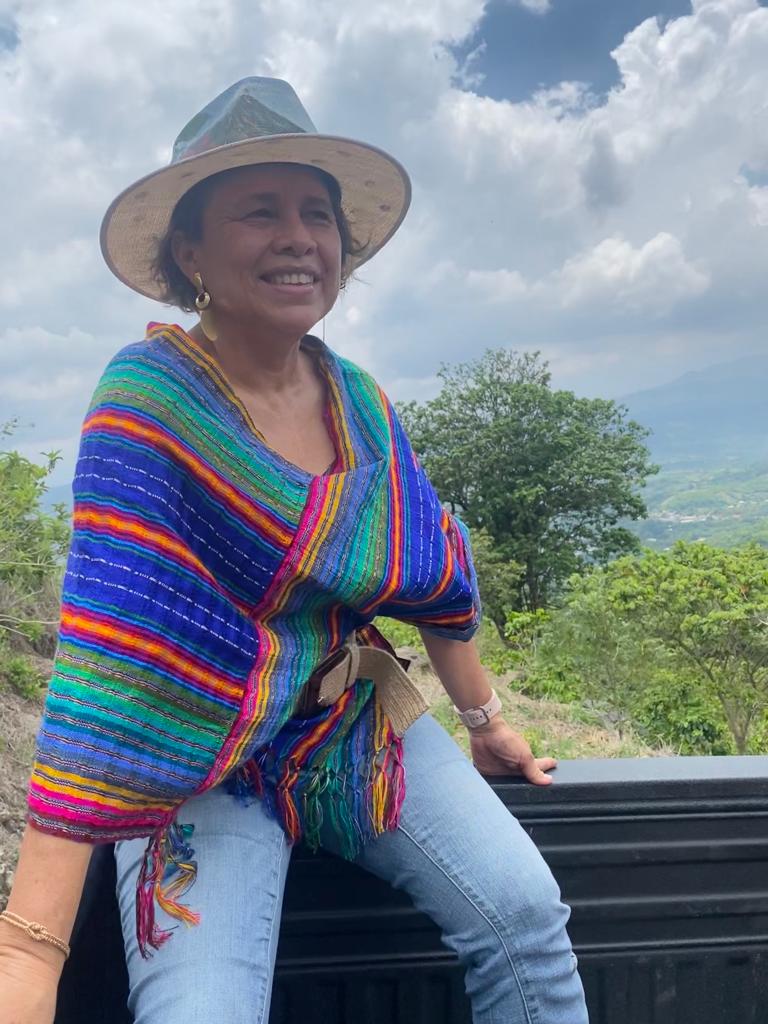
Many Central American countries have associations that help farmers with the technical aspects of production. “ICAFE (the Coffee Institute of Costa Rica) helps by providing information: they offer free soil analysis and manage an early warning system. They publish alerts about coffee rust and provide guidance on when to implement preventive measures against diseases,” says Vargas.
“ANACAFE provides environmental consulting and guidelines for sustainable farming,” Rios says of the Guatemalan coffee governing body.
Rios says that education and understanding the intricacies of coffee agriculture are also critical to fighting climate change. “We must learn to manage agriculture with products that are not destructive to our environment. We use mechanical management for soil cleaning, mowers, motor pumps, and fieldwork. We manage organic matter in our soils, [thus] improving them.”
Carmen Cartagena, a fourth-generation coffee farmer from Honduras, is constantly tweaking her crop management strategies. “We are closely monitoring and tracking every step of our coffee production process, from how we manage the crops during their growth to how we handle the coffee after harvest,” she says.
“We also carefully manage the post-harvest process, which involves ensuring that the coffee cherries reach optimal maturity and are properly laid out to dry. This meticulous approach helps ensure the quality and consistency of the coffee.”
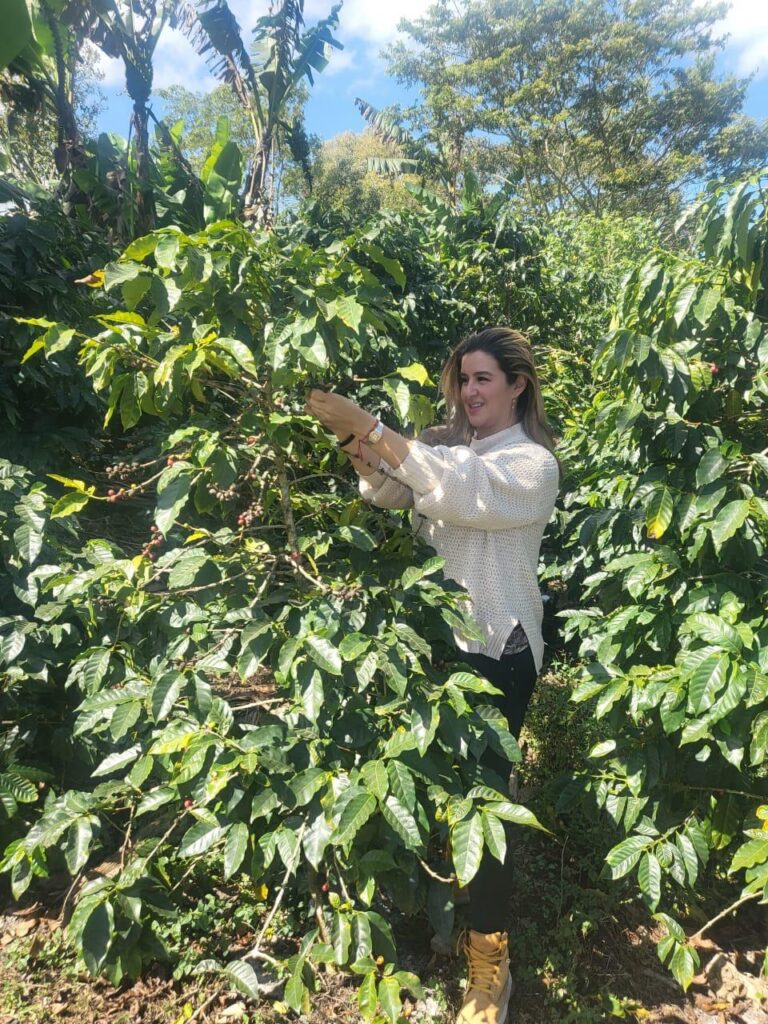
“Agriculture changes almost daily, and scheduling is important because it depends greatly on climate change,” says Cartagena. “You have to be flexible to take care of the plant until the end of the harvest so as not to lose quality.”
But truly, says Schmidt, it’s all about the soil. “We take care of our soil; if you take care of the soil, the soil will take care of your plants.”
Diversifying Crops In Microclimates
Although many of the effects of climate change are universal, each country has different territorial conditions. Cartagena has seen the impact of climate change in Honduras over decades. “When I was little, our farm was in an area with cold weather, abundant rain, and a pleasant climate. Forty years later, the area … [shows] clear signs of climate change. What used to be dense mountain terrain is now increasingly vulnerable to hurricanes. These hurricanes have devastated our water sources, leading to chaotic conditions.”
In Costa Rica, Vargas says she’s seeing more farmers encouraged to plant trees to help create diverse ecosystems on their farms. “Our farm has shade trees, with different species providing various benefits: some add nutrients to the soil, others offer shelter for birds and mammals, and there are also fruit trees. These trees not only help maintain soil quality but also support the environment.”
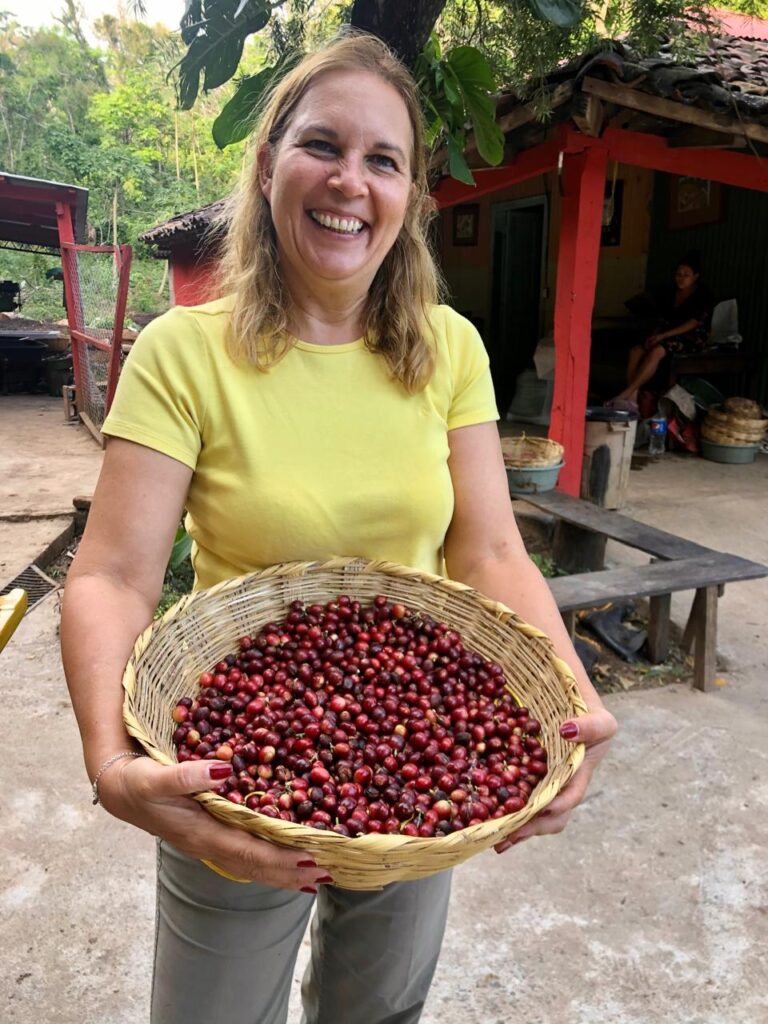
Cartagena is also diversifying the crops on her farm: she has 12,000 mahogany trees that provide shade and cooler temperatures. She encourages people to take proactive measures to combat climate change. “Much of the climate change issue is crucial,” she says. “If we don’t take action, it will be terrible for us and future generations.”
There are still serious discussions to be had around climate change, and actors across the supply stream should engage in climate mitigation practices. However, for farmers living with the reality and implications of unpredictable weather patterns, innovation is critical. “People thrive more when faced with environmental challenges,” says Cartegena. “Stepping out of our comfort zones leads to adaptation and positive change.”



